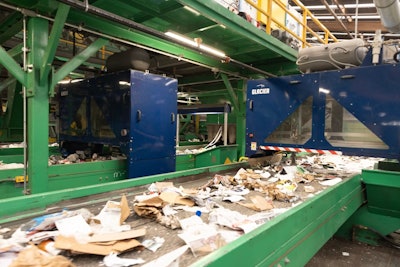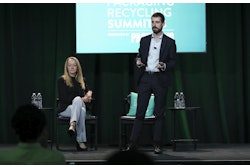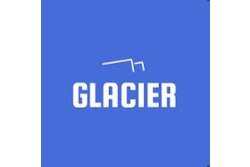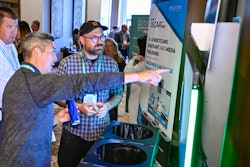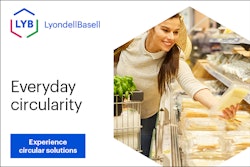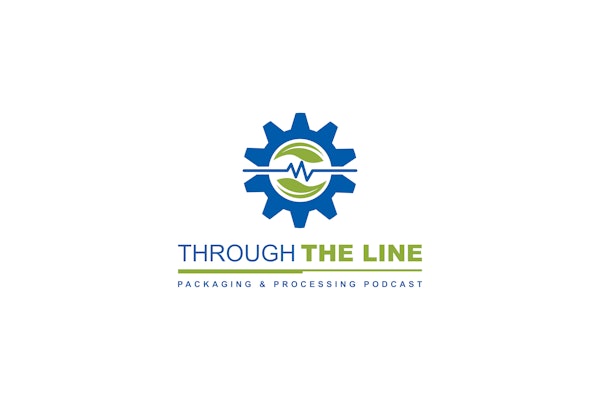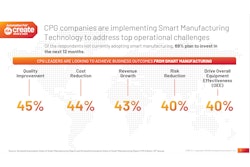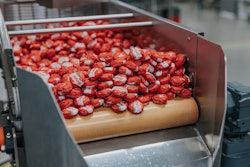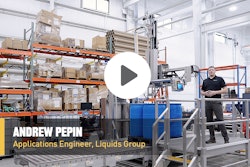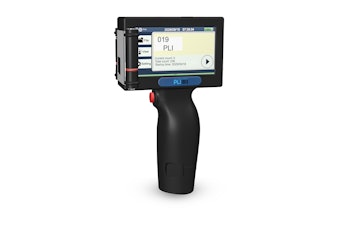Artificial intelligence is transforming how packaging waste is identified and sorted—a shift now gaining national attention thanks to Time Magazine’s 2025 Top 100 Innovations list.
Within the past couple years, Packaging World has explored various AI sortation technologies from automated waste sorting and systems facility, AMP One, to tech-based problem solvers Glacier and Greyparrot. Not just one, but all three ended up on Time's exclusive list.
These technologies are transforming the recycling practices for material recovery facilities (MRFs) and CPGs. AI brings increased data-driven recovery and offers brands insight into how their packaging performs with the consumer.
For their part, CPGs and retailers who work with these AI-driven packaging waste sortation pioneers—Amazon being one—are likely to learn a lot more about their packaging’s performance. These systems produce a lot of data, which can then be put into action.
First, CPGs will be able to get a sense of how well they’re communicating their packaging’s recyclability to consumers by observing collection and sortation rates in a given community’s recycling stream, compared to how much of that product is sold in that community. For the percentage of recyclable packaging materials that does successfully make it to a MRF, CPGs will also be able to observe how visible, readable, and recoverable their spent packaging waste is as it travels through the circular system. If a package is too small, CPGS could determine if an alternative material is suitable.
Both sets of learnings can produce actionable insights, whether better communication to consumers, or improved packaging design to be more readily readable, sortable, and recoverable.
By improving sortation accuracy and traceability, these systems help increase packaging recyclability and offer solutions for better collection of packaging waste. A heightened understanding of what packaging types are actually recycled may promote recyclable packaging design, and enhance PCR availability.
With the release of Time Magazine’s Top 100 Innovations, coverage for these technologies is expanding. Inclusion in Time’s top innovations list brings these technologies to a wider audience, potentially accelerating momentum toward circular packaging goals.
The following are among some of the sortation technologies featured on Time’s innovations list.
AMP One’s AI-based Packaging Waste Sortation
AMP One’s AI sortation technology filters materials placed in the garbage, isolating organic materials, suitable plastics, and aluminum. Organic materials are then separated for compositing, while recyclable plastics and aluminum are sold to recyclers. According to Time, AMP is negotiating a 20-year partnership with Portsmouth’s Southeastern Public Service Authority, this year, to process 500,000 tons of garbage annually.
Glacier Recycling Robots
Glacier’s robot uses AI to identify up to 70 different recyclable materials. The identification process allows one robot to divert 10 million items from being landfilled.
Greyparrot Analyzer
Greyparrot’s analyzer uses machine-learning to identify individual pieces of waste so they can be sorted and recycled more effectively. The company also uses AI to identify the brands of waste items so CPGs can track the waste cycle of their products.
Brands are already experiencing regulatory pressure to be more circular by using more recycled material via Extended Producer Responsibility (EPR), eco-modulation, and proposed minimum recycled content laws. While consumers have long claimed they preferred a vague notion of more sustainable packaging, these technologies are real, concrete examples of ways to move the sustainable packaging needle.
Ultimately, their inclusion in Time Magazine’s Top 100 Innovations list might indicate a shift in how packaging waste technologies are perceived even outside the recycling and CPG sectors. Time’s endorsement brings these technologies into mainstream conversation, helping bridge the awareness gap between operational infrastructure and public perception.
For CPGs, this visibility could translate into greater urgency to adopt packaging designs that align with circularity and advanced sortation capabilities.
